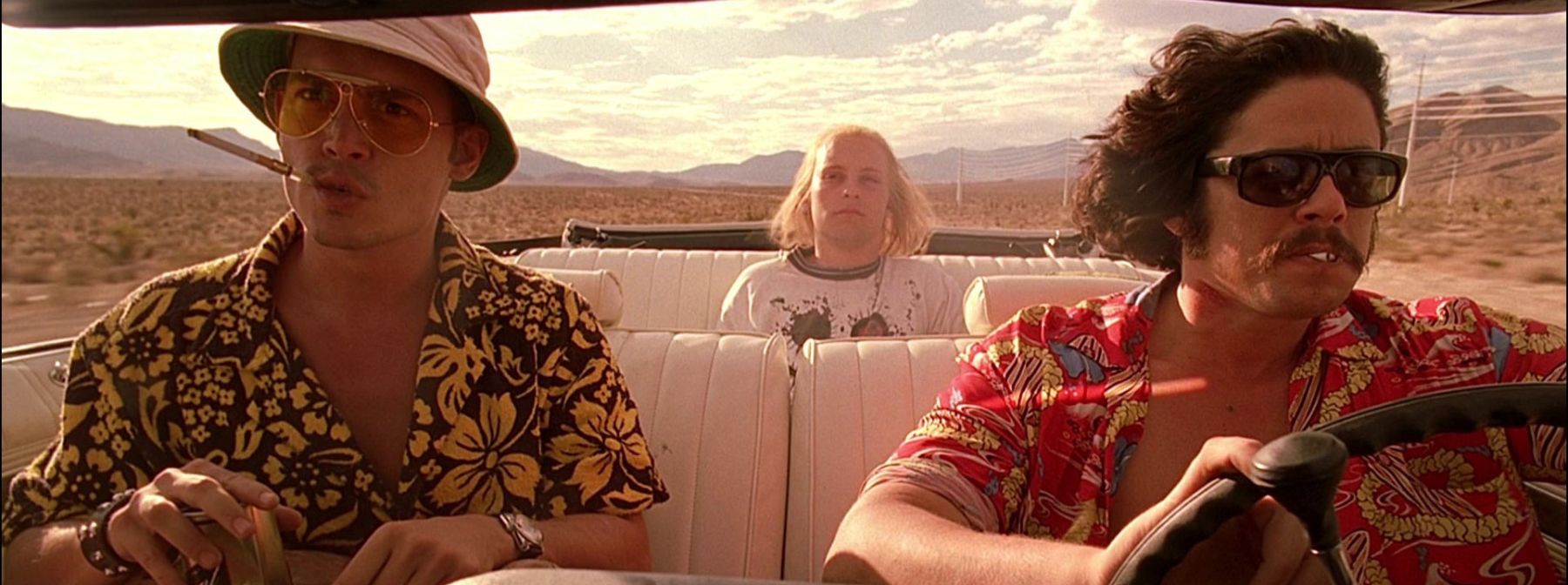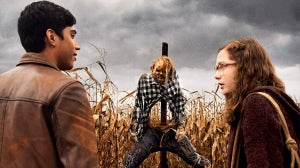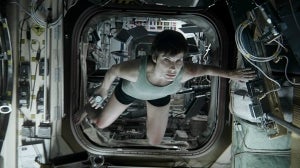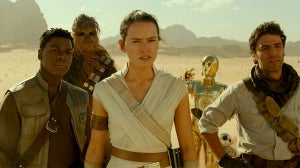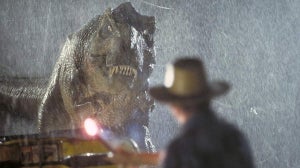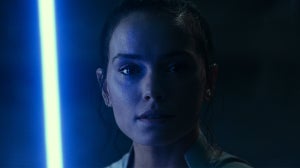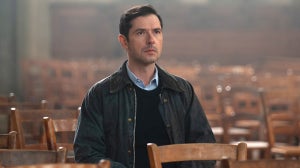
First came Danny Boyle's Trainspotting, a movie that understood that if you're going to tackle heroin addiction, you first need to show why anybody would find the drug appealing in the first place. The highs early in the film bring us crashing back down to Earth soon after, in no small part thanks to one of the most terrifying comedown scenes in the movies.
A few years later, Boyle's stylish aesthetic was pushed even further in Darren Aronofsky's Requiem For A Dream, another bleak tale about the unrelenting chokehold of addiction, only devoid entirely of the comic uplift. And in-between them both came the most surrealistic nightmare of them all, the kind of substance-addled dark comedy that could have only ever been created by someone with the daily drug intake of one Hunter S. Thompson.
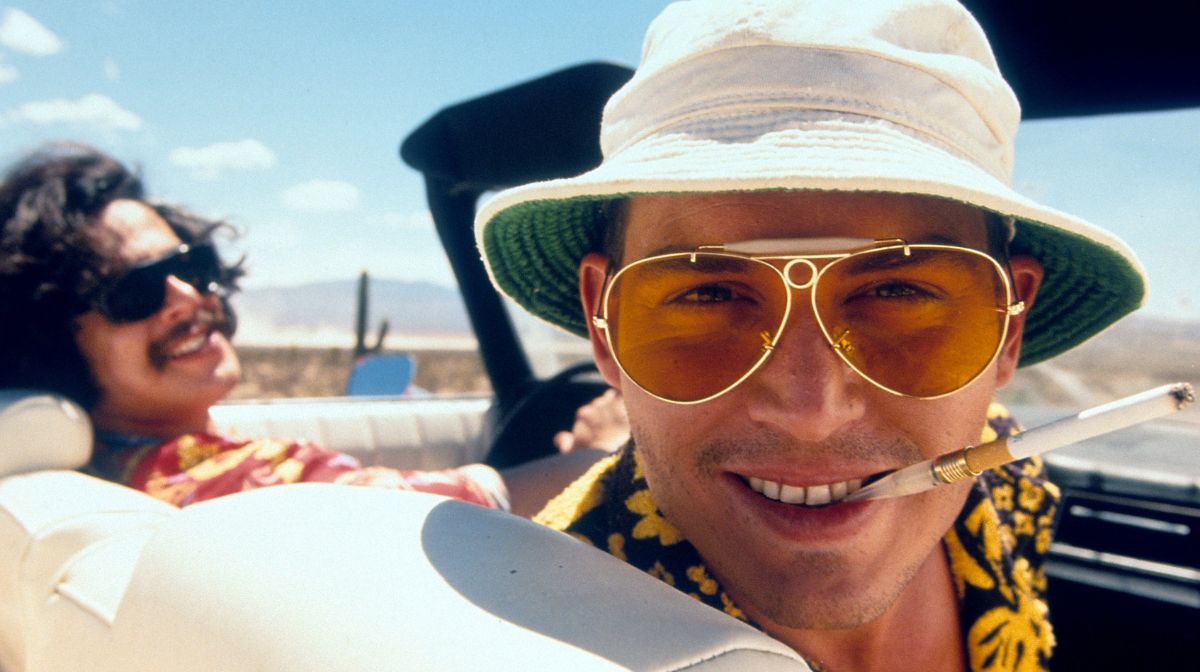
Terry Gilliam's adaptation of Fear And Loathing In Las Vegas is now heralded as one of the defining cult movies of the 1990s, even though it was largely savaged by critics upon its original release. In a scathing one star review, Roger Ebert lamented that: "the movie itself has an alcoholic and addict mind-set, in which there is no ability to step outside the need to use and the attempt to function.
"If you encountered characters like this on an elevator, you'd push a button and get off at the next floor. Here the elevator is trapped between floors for 128 minutes."
Even though Gilliam's film is a livewire comedy, the unpleasantness Ebert recognised is very much by design. As with Boyle's take on Irvine Welsh's novel, this is a director who understands that you need to understand the appeal of drugs in order to understand why anybody would subject themselves to the nightmare that they can cause.
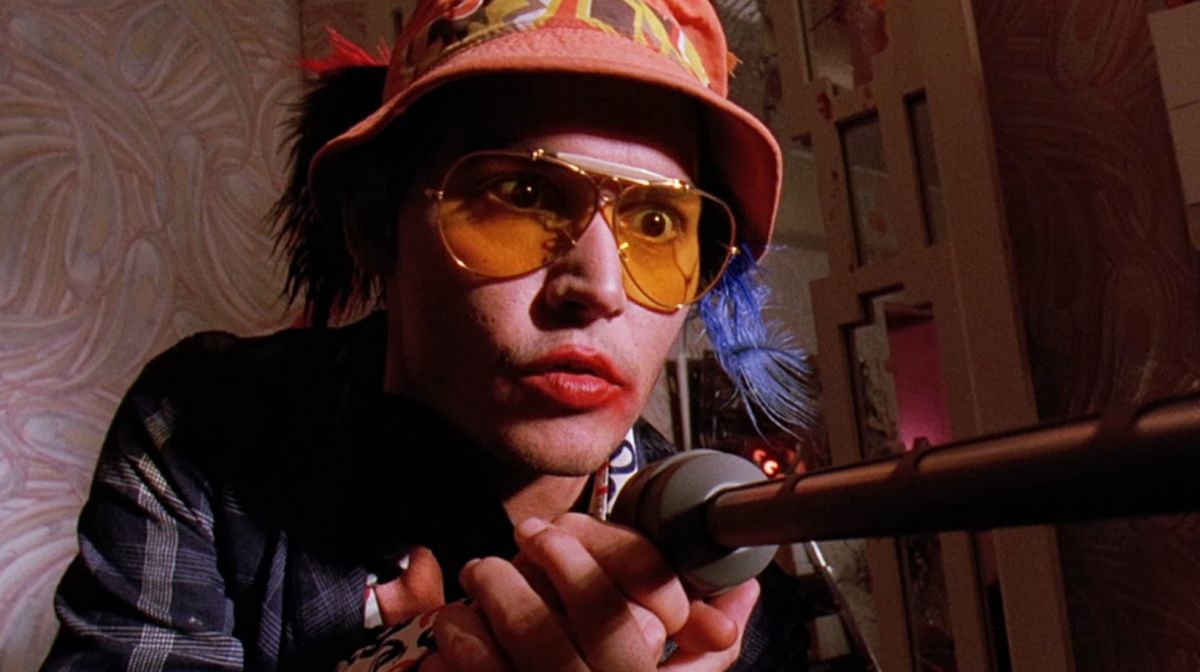
The two protagonists, Johnny Depp's gonzo journalist Raoul Duke and his attorney Dr Gonzo (Benicio del Toro), are exactly how Ebert described them. But this is entirely by Gilliam's twisted design, as the film's hellish depiction of Sin City increasingly transforms into an inescapable prison; an unrelenting bad trip, accurately fitting the critic's take that the film refuses to "step outside the need to use and the attempt to function".
He may have meant that derisively, but the vivid portrayal of two substance addled minds is what makes it so effective. It doesn't have an anti-drug message as overt as those Trainspotting or Requiem For A Dream (could anything based on a Hunter S. Thompson novel possess one?), but by showing us their darkly comic trips in all their awfulness, whilst never stepping outside of their perspective, it's enough to frighten viewers away from psychoactive substances for the rest of their lives.
The story outside of the drug taking is fairly straightforward, jumping from one sozzled anecdote to the next. The inciting factor is that Duke has been commissioned to write about a motorcycle race in the city, but various substances get in the way of that assignment.
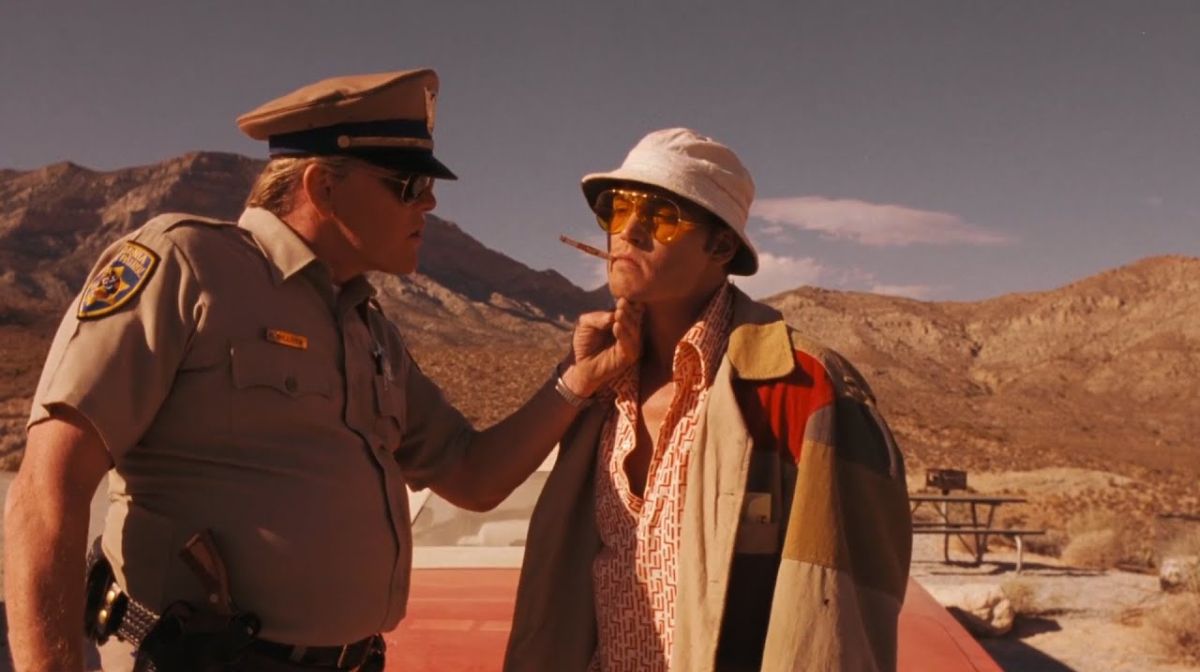
Rather than leave, he soon finds himself covering a district attorney's convention, where the comically overwrought anti-narcotics speeches are the least effective anti-drug messages in the entire movie. Gilliam may have been criticised for making a supposedly "unwieldy" film, but it takes some mastery of tone to be able to make the anti-drug figureheads the laughing stock in a movie that otherwise depicts this lifestyle as a waking nightmare.
The other major criticism levelled at the movie is its repetitive nature, with both characters diving back into their car boot full of substances for another round of misadventures as the previous dose starts wearing off. But without this, it's hard to imagine it being so effective at getting under an audience's skin; even if you're not on its comic wavelength, this is a film designed to make you feel trapped in a punishing cycle, Las Vegas becoming such a claustrophobic landscape that the only chance of escape is to kick off your next trip.
The only person who manages to escape is Tobey Maguire's hitchhiker, and he flees before the pair even arrive in the city - nobody in the audience is anywhere near as lucky. We're stuck with them for the ride.
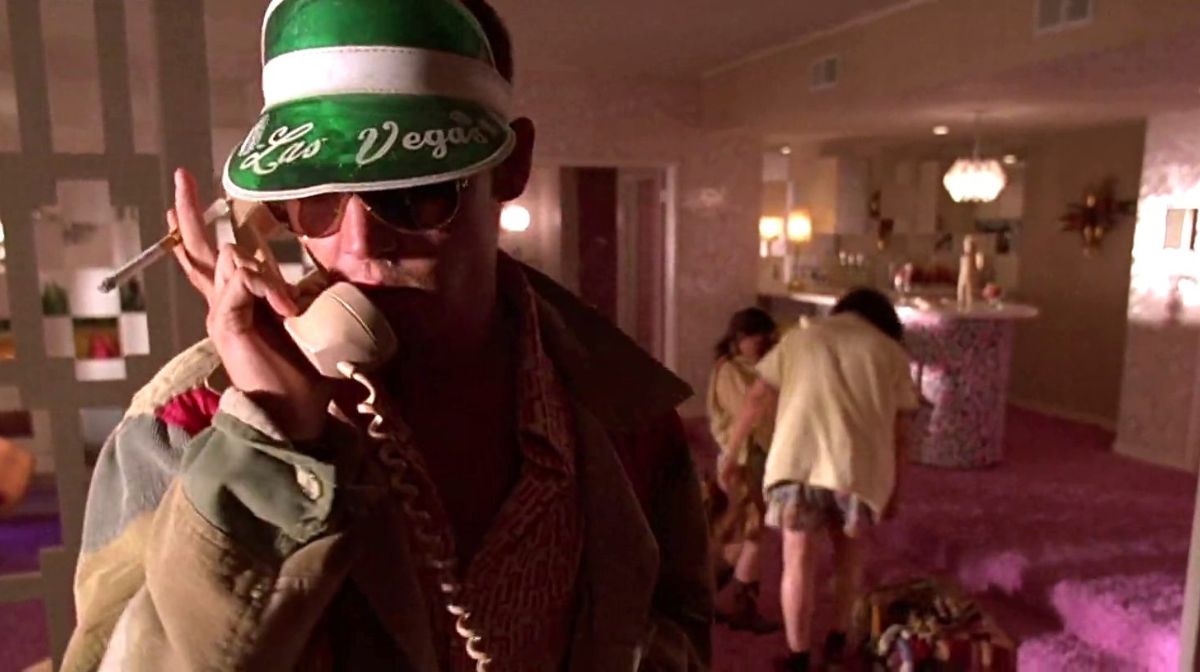
The subtitle of Thompson's novel is A Savage Journey To The Heart Of The American Dream, with the story doubling as a dark allegory for the counterculture movement of the 1960s colliding headfirst with a 1970s defined by Vietnam, Nixon, and a lack of the previous decade's optimism. The satire of the novel is toned down in Gilliam's adaptation, but it's no less bleak in its worldview - it remains faithful to the source material as a depiction of two men aiming to recapture the highs of the previous decade, despite numerous interruptions from the real world.
You can't turn away from or tune out this American nightmare, which Gilliam's typically surrealist visual flourishes only emphasise further. No matter whether you view it as a work of socio-political satire, or just a LSD-infused dark comic character study, it remains a truly unshakeable bad trip.
For all things pop culture, follow us on Facebook, Instagram, Twitter and TikTok.

